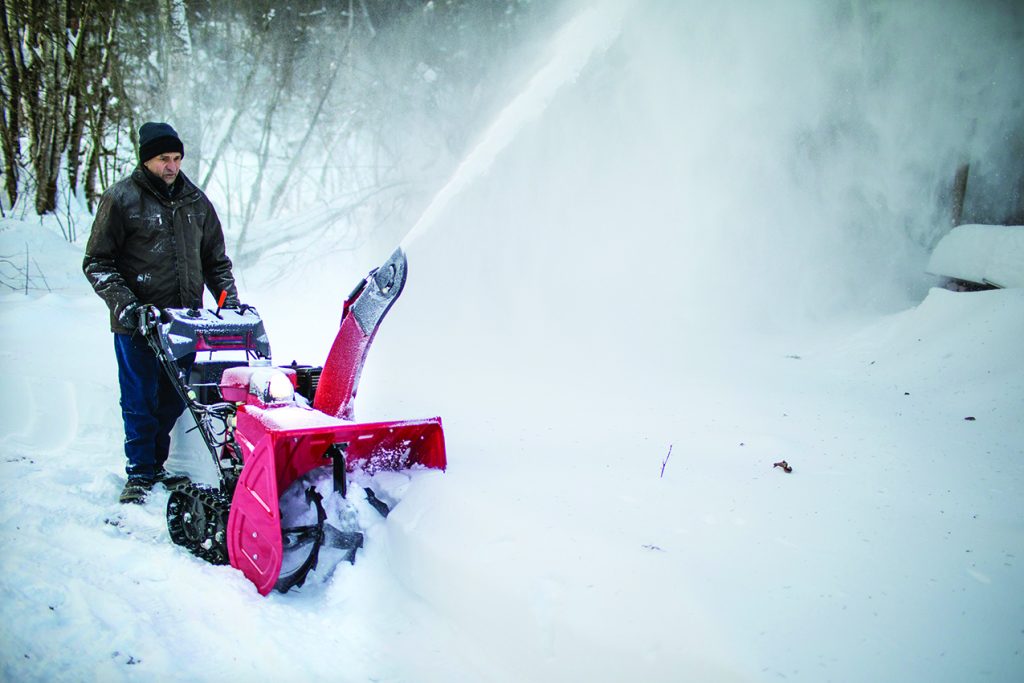Meteorologists are predicting an El Niño weather pattern this winter. What that spells out for particular regions of the country remains to be seen, but when snow hits certain areas hard, cleanup will be necessary.
It is essential for homeowners and business owners to get outdoors promptly to remove snow from walkways for the safety of pedestrians. Shoveling snow can be back-breaking work, particularly when the snow is very wet or compacted. That’s why many people have invested (or plan to invest) in snow blowers to make faster work of snow removal. While these tools are quite effective, they require caution and proper technique to help avoid injuries. The Consumer Product Safety Commission estimates there are 5,740 hospital emergency room-related injuries associated with snow blowers each year. The organization Safety Now says most injuries associated with snow blowers involve injuries to the hands or fingers, including amputation.
Individuals can prevent common injuries and even death by following these snow blower safety guidelines.
- Read the owner’s manual to understand all of the controls and features before use.
- Dress accordingly for the weather, including using sturdy footwear with good traction. Boot or shoe grippers can reduce the risk of slips and falls. Also, avoid loose clothing, as scarves or jackets can become tangled in moving parts of the machine.
- Start the snow blower outside and not in a garage or shed. Gas-powered devices give off carbon monoxide.
- Stay focused on the task at hand, which means using the snow blower only when sober and not under the influence of medications that can cause drowsiness.
Working at a brisk pace can help prevent the snow blower blades from getting clogged from the snow sticking. Wet, heavy snow is more likely to clog the machine, so it may require more passes to get the job done.
- Clogs can occur, and require extreme caution to dislodge. Always turn off the snow blower and disengage the clutch, says the American Society for Surgery of the Hand. Wait for the impeller blades to stop spinning. Always use a broom handle or a stick to clear compacted snow. Never stick your hand down the chute or around the blades, even if the power switch is off.
- Keep all safety shields and mechanisms in place on the machine.
- Do not leave a snow blower unattended. If the snow blower is an electrical version, use an extension cord designed for outdoor use and plug it into an outlet equipped with a ground fault circuit interrupter. Keep the extension cord away from the auger.
Even though snow blowing can be less physically taxing than manually shoveling snow, it still exerts the body. Take frequent breaks to rest. Exercise caution where you toss the snow, and make sure other people, particularly children, are not in the path of snow removal.
